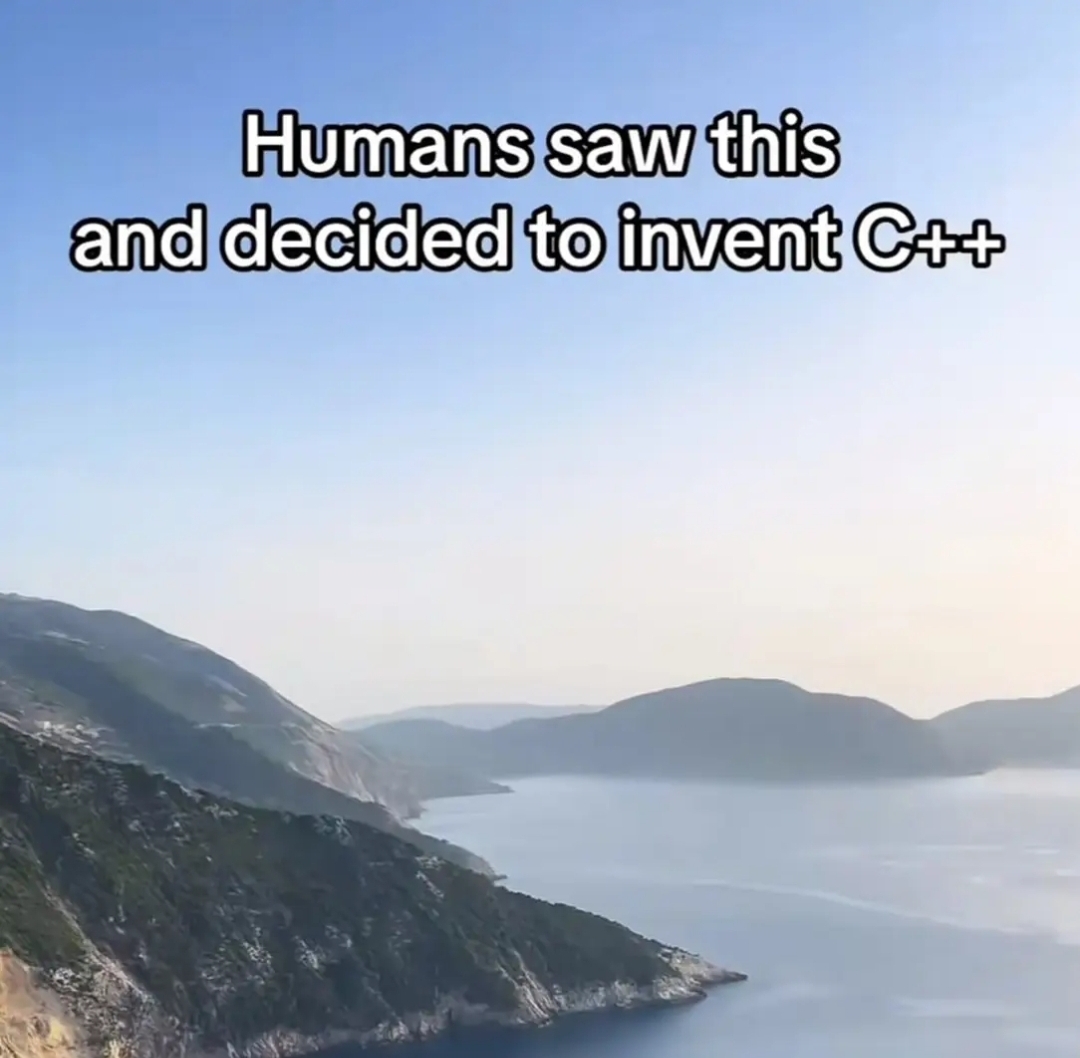See I agree with your last statement. I mean “any” is a stretch but yeah there probably are other systems involving distance based forces that we could draw similarities to chemistry from.
I guess the issue here is that my argument is there are similarities and your argument is that one shouldn’t point out similarities unless there are enough of them…?
Your first paragraph implies you thought I meant just setting these systems statically next to each other would create a stable orbit. You’re right, that would be wrong. But I don’t think I ever mentioned stationary combination. Furthermore, while regular chemistry could work like that, in the real world every atom is moving. The bonds form when atoms get close enough. This is why temperature increases chemical reactions. More motion means more “collisions” that aren’t really collisions but you get the picture.
Objects in space are also constantly in motion. If you want to bring two stellar systems together, you need to give them velocities relative to each other. Or as you put it, momentum. This could be enough to ensure a stable system but it requires that the velocities at least a roughly specific which is what I meant when I said system chemistry would be highly directional in my original comment.
As for magnets. You could say both atoms and magnetic systems run on similar forces. You could make the argument that they, like atoms, have components which are constantly in motion and that if perturbed enough one could overcome those forces and break the system into its individual components.
However the behavior of the system as a whole is not similar to atoms because it cannot form any bonds of any kind with other similar systems.
If you were able to find magnetic monopoles which may or may not exist, you could probably build a system that is much more atom like than a gravitational system. But with magnets that have dipoles, even a ferromagnetic material would be drawn to one pole or the other. I suppose you could get up to two ferromagnetic bodies to orbit a rotating bar magnet if the velocities and distances were right, but you wouldn’t be able to combine them because moving any magnet closer would disrupt the conditions needed for stability.
Magnets are much more sensitive than gravitational systems because the objects have to be large relative to the system and close together whereas gravitational systems can be ginormous like Alpha Centauri.
Anyway it’s fun to think about what exactly I would count as chemical like properties.
I’d say they are mostly just the following:
- A unit system is made of different components that are held together by some distance based force in a specific state of equilibrium; the unit has a space near the center containing the majority of the mass, and the unit can on some scale be treated as a particle.
- Both components and units are separated by a functionally empty medium
- Units can lose/gain/steal components from other units
- A unit’s components and their amount/locations/motion change the way it interacts with other units
- Some components can combine into a single component, split into multiple functioning components, or decay
- Units can decay spontaneously or as a result of physical interaction
- The removal or addition of a component to a unit can cause the unit to become unstable but does not always do so
- Units interact with other units via a distance based force and can form stable multi unit equilibrium states, combine into a single unit, or destabilize entirely.
- The specific equilibrium state (shape/configuration)of a multi unit system affects how it will interact with other units or multi unit systems.
- Units can be removed from multi unit systems by other multi unit systems or external units with or without destabilizing the rest of the system from which it is removed.
- Units and systems with similar enough configurations will react in similar ways
I think that covers it. So if you can find a system that fits those then I’d say there are similarities between them and atoms/chemistry. I will honestly be pretty excited if you do because it will be interesting.

“Mr. Doctor man questions his hands…”